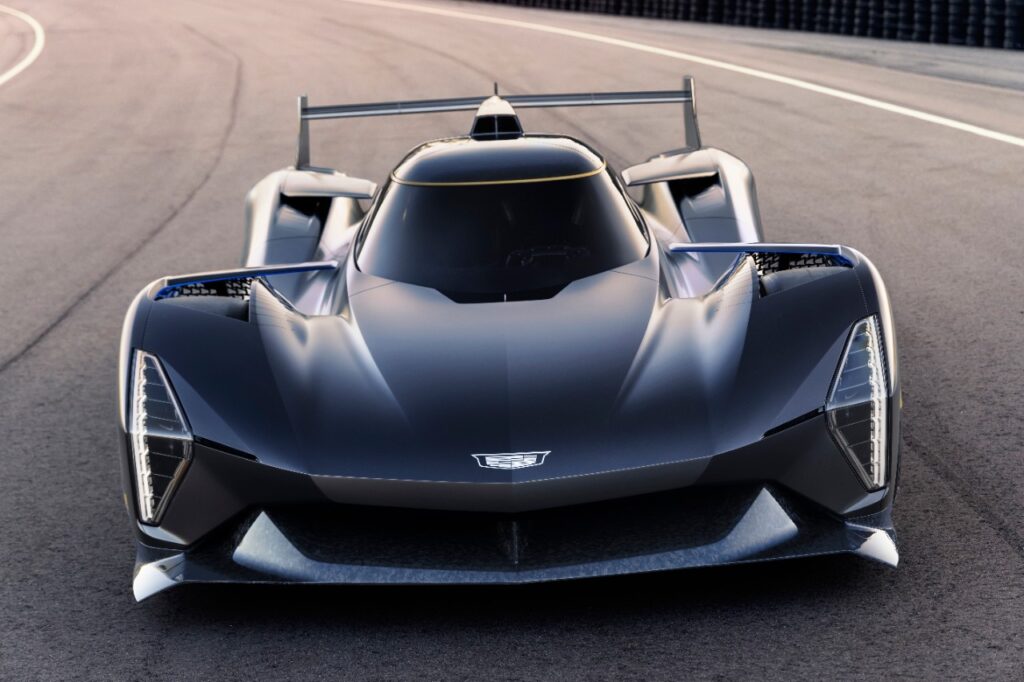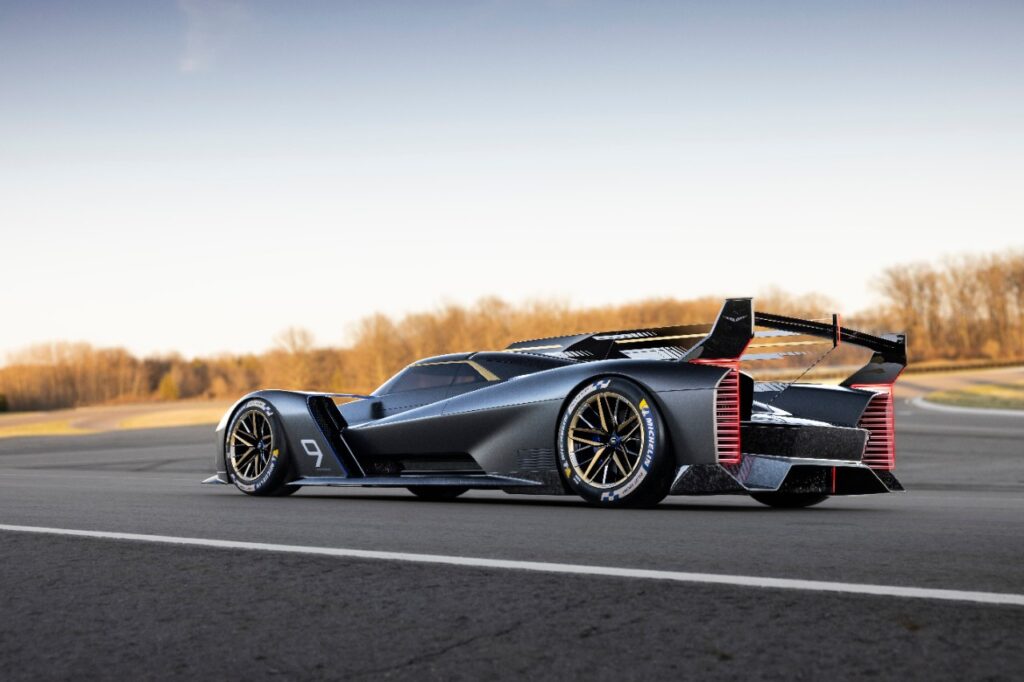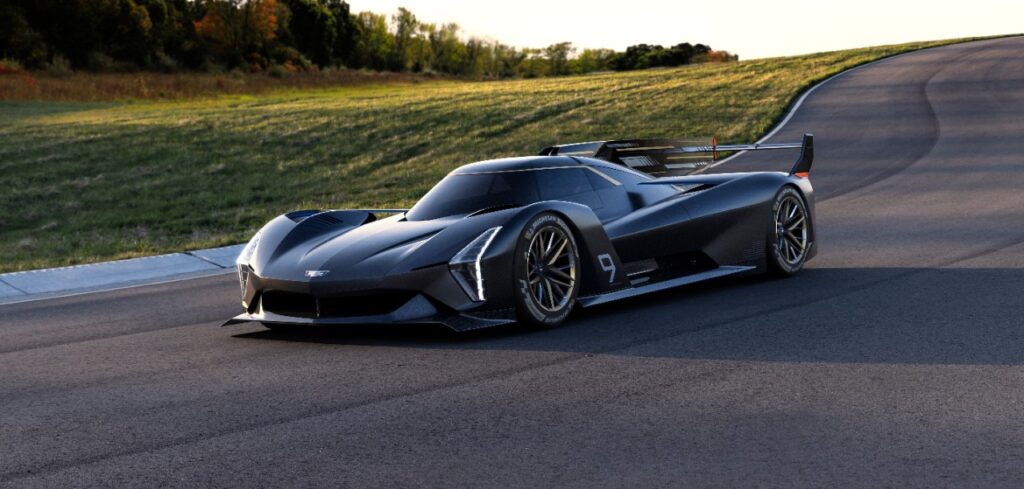With Cadillac having finally released a full view of its Project GTP Hypercar LMDh racer, PMW caught up with Laura Wontrop Klauser, GM’s manager for sportscar racing projects, at Le Mans, to find out how the project is progressing.
Running on a Dallara chassis, the GTP Hypercar will be powered by what Cadillac describes as an all-new 5.5L DOHC V-8, paired to the spec Bosch/Williams/Xtrac developed hybrid system.
According to Klauser, the development of some areas of the car, particularly the hybrid system, has seen a high degree of cooperation between manufacturers: “The relationships across the board are great in terms of the LMDh platform. It has given the opportunity for all of these OEMs to sit down at the table together regularly, and to meet and to work through issues that affect all of us together. In the case of LMDH, we’re sharing that spec hybrid system. So the development and all that has been a shared entity among us, and it’s making all of us stronger. It’s also making the process quicker; time is of essence in these cases.”
Reliability and supply woes relating to the spec hybrid have surfaced in recent weeks, and though she wouldn’t be drawn on this subject, Klauser said that the situation on the supply side at least was improving: “We’re definitely working through them [the issues]. At this point, I think everyone has what they need to get started, which is great. Of course, we all wish we had tons of things. But in the world we live in that’s just not an option anymore, but it’s enough that we’re able to keep moving on with our test plans.”
 She also highlighted that the collaborative efforts between LMDh entrants were helping to overcome reliability and installation issues, with Porsche’s experience from its early track tests allowing other entrants such as Cadillac to focus on different areas. “By working with each other it keeps us from all having to do the exact same test,” she said. “We’ve been we’ve been doing testing on the dyno and a variety of other in-house tests, whereas Porsche has been more on track. We are feeding all the learnings back to each other so that when we get on track, we don’t have to do the initial things that they had to work around. We already know those so they can move on to the next level.”
She also highlighted that the collaborative efforts between LMDh entrants were helping to overcome reliability and installation issues, with Porsche’s experience from its early track tests allowing other entrants such as Cadillac to focus on different areas. “By working with each other it keeps us from all having to do the exact same test,” she said. “We’ve been we’ve been doing testing on the dyno and a variety of other in-house tests, whereas Porsche has been more on track. We are feeding all the learnings back to each other so that when we get on track, we don’t have to do the initial things that they had to work around. We already know those so they can move on to the next level.”
The development process in areas such as mapping for the hybrid’s energy deployment is also still something of a moving target. As to whether teams would have tightly regulation-controlled deployment strategies or more freedom to innovate, Klauser said, “That is all still under development. So it changes regularly. I could give you an answer right now, but it might be different tomorrow. That’s all-new territory, so we’re, again, as a unit, trying to understand what the best way is to initiate the application [of the hybrid]”




